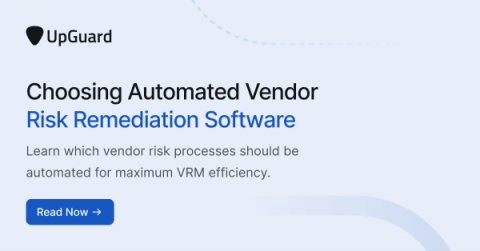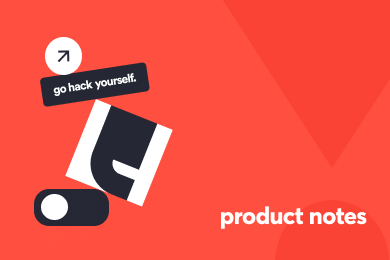What is a Whaling Attack and How to Prevent It
A whaling attack is a type of phishing attack that targets senior executives. The act of whaling is usually perpetrated via email and involves deceiving victims into initiating actions that put the organization and its assets at risk. In this blog, we explore how a whaling attack works, why executives are targeted, examples of successful whaling attacks, and steps you can take to prevent them.







